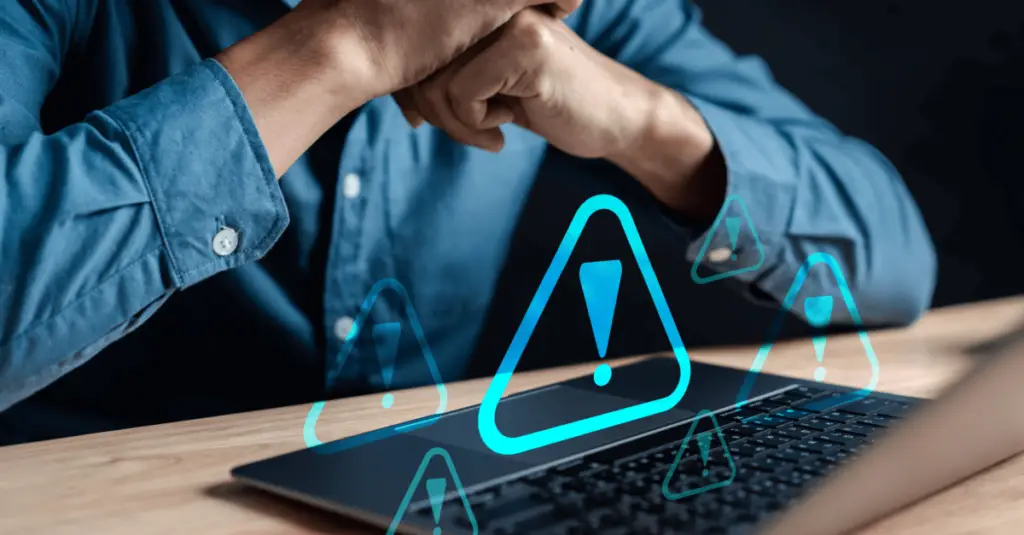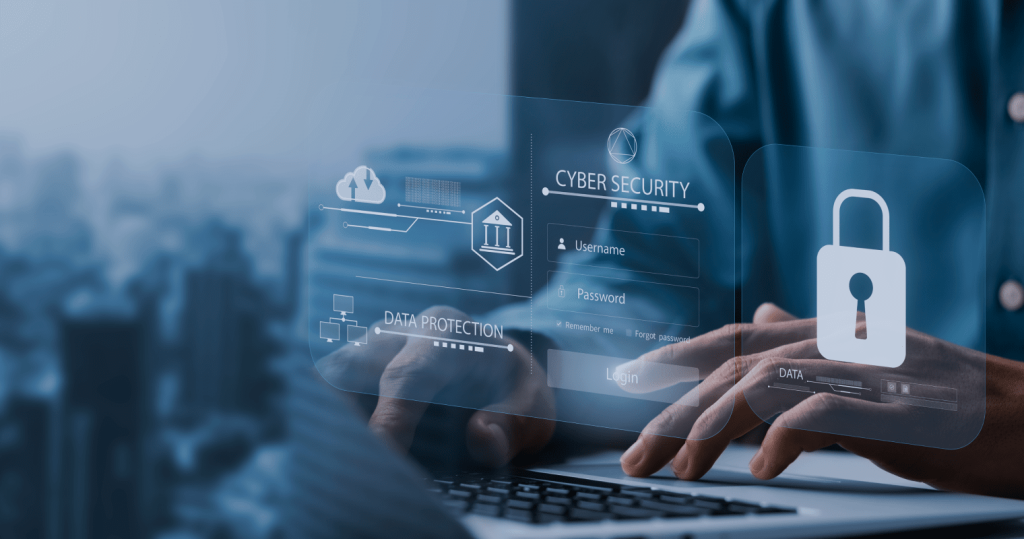
Two big threats of doing business on public Wi-Fi
Public Wi-Fi networks are now ubiquitous—in cafés, airports, hotels, and even on trains. They offer remarkable convenience, particularly for business travellers and remote professionals.
However, connecting to these free networks can expose your organisation’s sensitive data to cybercriminals. This is the inherent risk of using unsecured public connections.
When you access the internet through public Wi-Fi, you may inadvertently provide an opportunity for malicious actors to intercept your data. Two of the most common and dangerous methods used in such scenarios are Man-in-the-Middle (MITM) attacks and Evil Twin attacks.
While these terms may sound like they belong in a spy thriller, the threats they represent are very real—and the consequences for your business can be severe.
Understanding Man-in-the-Middle (MITM) Attacks
Consider a common scenario: you are seated in a café, sending an email or logging into your business banking account. You may believe your device is communicating directly with the Wi-Fi network; however, a cybercriminal may have covertly positioned themselves between you and that network.
In such a case, this “man in the middle” can intercept and monitor all transmitted data—your passwords, emails, and even financial details—without your awareness. The most concerning aspect of these attacks is that they often occur silently, leaving victims completely unaware that their information has been compromised.
The stolen data can then be exploited in numerous ways. Cybercriminals may sell it to third parties, use it to impersonate individuals in phishing campaigns designed to extract further sensitive information, or directly access and drain financial accounts. For businesses, such breaches can result in the exposure of confidential financial records or customer data, potentially leading to significant reputational and financial harm.
Evil Twin Attacks: A Hidden Threat in Plain Sight
Consider a scenario in which you are at an airport and notice two available Wi-Fi networks—one labelled “Airport Free Wi-Fi” and another named “Airport Wi-Fi Secure.” Both appear legitimate; however, one may in fact be a counterfeit network created by cybercriminals.
By connecting to this fraudulent network, users unknowingly grant attackers the ability to monitor all online activity, similar to a Man-in-the-Middle (MITM) attack. However, the threat does not end there. Cybercriminals can also capture session cookies—small data files that websites use to recognise and remember users—allowing them to access login credentials, personal information, and even secure business accounts.
In some instances, attackers may go a step further, deploying malware onto a victim’s device without any direct interaction. This means that simply connecting to the wrong Wi-Fi network can place both personal and corporate data at significant risk.
While using public Wi-Fi does not necessarily have to compromise your security, exercising caution is essential. The following best practices can help safeguard your business and its data:
Best Practices for Using Public Wi-Fi Securely
- Avoid accessing sensitive information while connected to public Wi-Fi. This includes activities involving passwords, personal data, or financial accounts. If the information is something you would not want a stranger to see, it is best to wait until you are connected to a secure and trusted network.
- Use websites that employ HTTPS encryption. HTTPS ensures that data transmitted between your browser and the website remains encrypted. You can confirm a site’s security by checking for a padlock icon in the address bar or the prefix “https://” in the web address.
- Utilise trusted browser security extensions. These tools can block cookies, advertisements, and malicious websites, thereby reducing the likelihood of your information being exposed.
- Disable automatic Wi-Fi connections on business devices. Turning off the auto-join feature prevents laptops, tablets, and smartphones from connecting automatically to potentially unsafe networks.
- Exercise caution with pop-ups and unexpected prompts. Cybercriminals frequently use deceptive pop-ups to lure users into clicking malicious links or downloading harmful software. If something appears suspicious, close the window rather than interacting with it.
- Enable two-factor authentication (2FA) on all business-related accounts whenever possible. 2FA adds an additional layer of protection by requiring a second form of verification—such as a one-time code sent to your mobile device—making it significantly more difficult for attackers to gain unauthorised access.
- Keep all software and systems up to date. Regular updates often include critical security patches designed to protect devices from emerging cyber threats. Failing to install these updates can leave business systems vulnerable to exploitation.
A small amount of vigilance can make a substantial difference in protecting your business from online threats. Always consider whether the convenience of free Wi-Fi is worth the potential risk of exposing sensitive data.
If you would like expert support in strengthening your organisation’s cybersecurity—no matter where your team works—please get in touch.
Posted in: Services. Tagged:
Can we help?
Contact usIf you have enjoyed reading this article and want to know more about Bluecube, please get in touch. Our friendly team will be happy to answer any queries.





